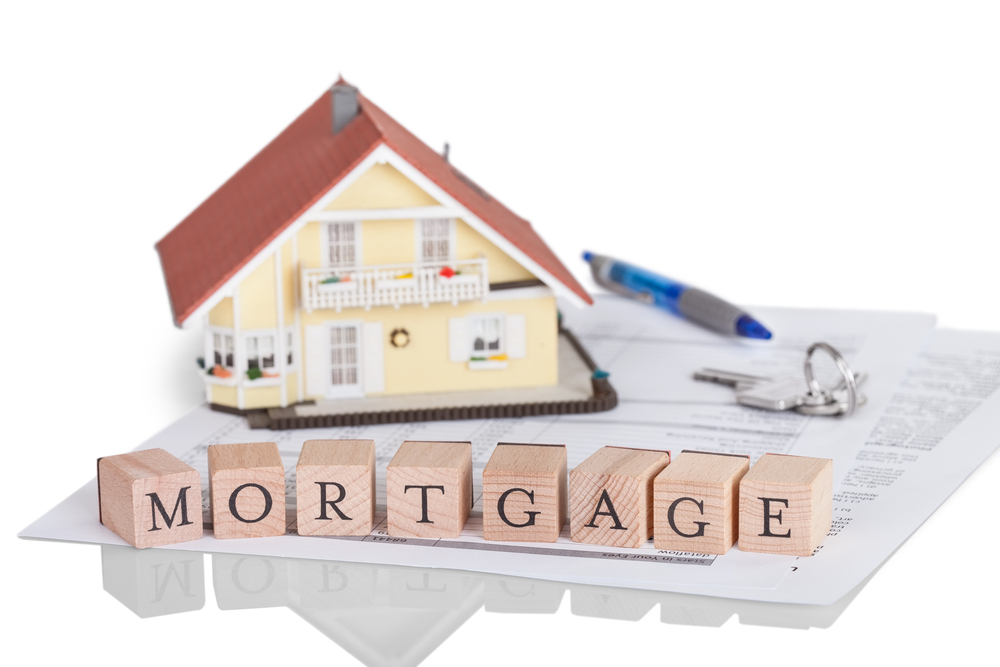

These articles were posted by the Canada Mortgage and Housing Corporation (CMHC). They provide research and resources for mortgage and housing related topics and offer advice and tips for consumers.
This is a 5 article series on the process of becoming a home owner. All articles and media were taken from the CMHC website.
Step 4, Part 2 - The buying process and learning about mortgages
Once your Offer to Purchase has been accepted, go to see your lender. Your lender will verify (and update, if necessary) your financial information and put together what’s needed to complete the mortgage application. Your lender may ask you to get a property appraisal, a land survey, or both. You may also be asked to get title insurance. Your lender will tell you about the various types of mortgages, terms, interest rates, amortization periods and, payment schedules available.
Depending on your down payment, you may have a conventional mortgage or a high-ratio mortgage.
A conventional mortgage is a mortgage loan that is equal to, or less than, 80% of the lending value of the property. The lending value is the property’s purchase price or market value — whichever is less. For a conventional mortgage, the down payment is at least 20% of the purchase price or market value.
If your down payment is less than 20% of the home price, you will typically need a high-ratio mortgage. A high-ratio mortgage usually requires mortgage loan insurance. CMHC is a major provider of mortgage loan insurance. Your lender may add the mortgage loan insurance premium to your mortgage or ask you to pay it in full upon closing.
Your lender will tell you about the term options for the mortgage. The term is the length of time that the mortgage contract conditions, including interest rate, will be fixed. The term can be from six months up to ten years. A longer term (for example, five years) lets you plan ahead. It also protects you from interest rate increases. Think carefully about the term that you want, and don’t be afraid to ask your lender to figure out the differences between a one, two, five-year (or longer) term mortgage.
Mortgage interest rates are fixed, variable or adjustable.
A fixed mortgage interest rate is a locked-in rate that will not increase for the term of the mortgage.
A variable rate fluctuates based on market conditions. The mortgage payment remains unchanged.
With an adjustable rate, both the interest rate and the mortgage payment vary, based on market conditions.
A closed mortgage cannot be paid off, in whole or in part, before the end of its term. With a closed mortgage you must make only your monthly payments — you cannot pay more than the agreed payment. A closed mortgage is a good choice if you’d like to have a fixed monthly payment. With it you can carefully plan your monthly expenses. But, a closed mortgage is not flexible. There are often penalties, or restrictive conditions, if you want to pay an additional amount. A closed mortgage may be a poor choice if you decide to move before the end of the term, or if you want to benefit from a decrease of interest rates.
An open mortgage is flexible. That means that you can usually pay off part of it, or the entire amount at any time without penalty. An open mortgage can be a good choice if you plan to sell your home in the near future. It can also be a good choice if you want to pay off a large sum of your mortgage loan. Most lenders let you convert an open mortgage to a closed mortgage at any time, although you may have to pay a small fee.
Amortization is the length of time the entire mortgage debt will be repaid. Many mortgages are amortized over 25 years, but longer periods are available. The longer the amortization, the lower your scheduled mortgage payments, but the more interest you pay in the long run. If each mortgage term is five years, and the mortgage is amortized over 20 years, you will have to renegotiate the mortgage four times (every five years).
A mortgage loan is repaid in regular payments — monthly, biweekly or weekly. More frequent payment schedules (for example weekly) can save some interest costs by reducing the outstanding principal balance more quickly. The more payments you make in a year, the lower the overall interest you have to pay on your mortgage.